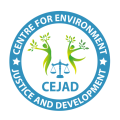About Us
Centre for Environment Justice and Development (CEJAD),is a registered public interest Non-Governmental Organization in Kenya. CEJAD works to promote sound management of chemicals and waste in order to protect the natural environment and wellbeing of the Kenyan people, especially vulnerable populations. CEJAD’s work covers five themes:
The NGO undertakes advocacy programs that seek to eliminate human and environmental exposure to toxic chemicals and plastic waste. In particular, the NGO advocates for policy reforms and alternative practices that can help reduce or eliminate:

~ The use of mercury in artisanal and small-scale gold mining (ASGM) in Kenya.
Mercury is atoxic chemical associated with long-term neurological ailments. It is used in small-scale gold mining in Kenya to recover gold from the ore. Despite being prohibited by law and with known adverse health effects on the environment and human health, especially women and children, Some 10,000 women accompanied by their infants and babies continue to unsafely use mercury to recover gold in order to survive and escape poverty. In addition, gold mining sites in Kenya are located in the western regions that surround Lake Victoria, which is a source of fish for significant populations in Kenya, Uganda and Tanzania. Mercury bio-accumulates in fish and thus is known to be ingested by humans and other aquartic life forms when they feed on the fish. Continued use of mercury in Kenya’s ASGM thus puts significant health risk on human populations in the three countries, especially women and children. CEJAD works with 8 groups of miners including 6 women groups (5,000 in total) to educate them on dangers of using mercury and opportunities for safer alternatives. At the international level, mercury use in ASGM is banned under the Minamata Convention on Trade and Use of Mercury. Kenya is a signatory to the convention and thus CEJAD’s project supports this global action.




~ Marine plastic pollution.
The NGO is implementing a project in coastal areas of Kenya to reduce plastic pollution in those areas. The aim is to pilot Zero Plastic Waste Islands. These islands are located in close proximity to marine parks and consist of fragile ecosystems including corals and coastal fisheries and endangered species such as sea turtles. Most plastics that pollute this seascape come from land based activities, including littering by the public. CEJAD works with coastal communities to advocate for sustainable plastic waste disposal practices and policies. Part of the goal is to establish a system where solid waste is separated at source point, and then plastic is recovered from the bins and recycled or re-used to make items of economic value for the 3 women groups with total membership of 645 women. Kenya has recently passed laws that restrict plastic use including a presidential decree to prohibit carrying single-use plastic (e.g. bottled water) to the sea and marine parks. Internationally, there is an increased call amongst Civil Society Organizations for a Multilateral Environment Agreement on marine plastic pollution. CEJAD is part of this global course.
~ Mercury and Minamata convention on mercury
Mercury is a chemical of global concern due to its long-range transport in the atmosphere, its persistence in the environment, its ability to bio accumulate in ecosystems and its significant negative effect on human health and the environment. Toxicological and epidemiological studies have shown the causal link between mercury and neurological disorders in children and adults. Through maternal-fetal transmission mercury adversely affects the development of the fetus in pregnant women and impairs neurological and metabolic processes in adults.
Once released into the environment, it pollutes both the local and global environments. Formed as a product of bacterial action on mercury in water bodies, Methyl mercury is the most toxic form of mercury and the most wide spread form of mercury contaminant in fish and aquatic systems. It works its way up the food chain and subsequently ends up in humans through the consumption of fish.
Sources of exposure for humans and the environment are widespread.
These include mercury vapors in ambient air, fish, vaccines, and occupational exposures including artisanal and small scale gold mining.
Home exposures can include breakage and leakage of mercury from products such as fluorescent light bulbs, thermostats, red tattoo dye, and skin lightening creams, dental amalgams.
~ Lead in paints
~ Plastics and marine litter pollution
~ Highly hazardous pesticides (HHPs)
~ Persistent organic pollutants (POPs)



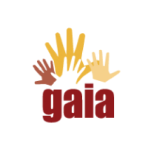
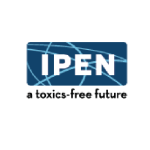
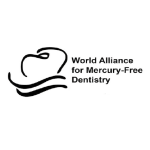
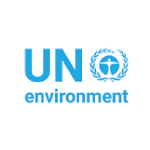
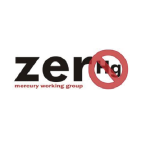
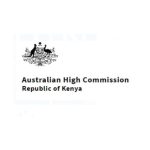



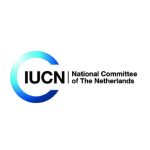

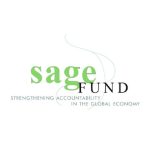

Contact Info
Office Location
3rd Floor, Ngong Hills Hotel
Business centre,
Opposite Bishop Magua Centre,
Ngong Rd, Nairobi,
Kenya.
CEJAD
The Centre for Environmental
Justice and Development, Kenya
P.O. Box 24464-00100 Nairobi,
Kenya.
(+254) 0720 465 500
info@cejadkenya.org
